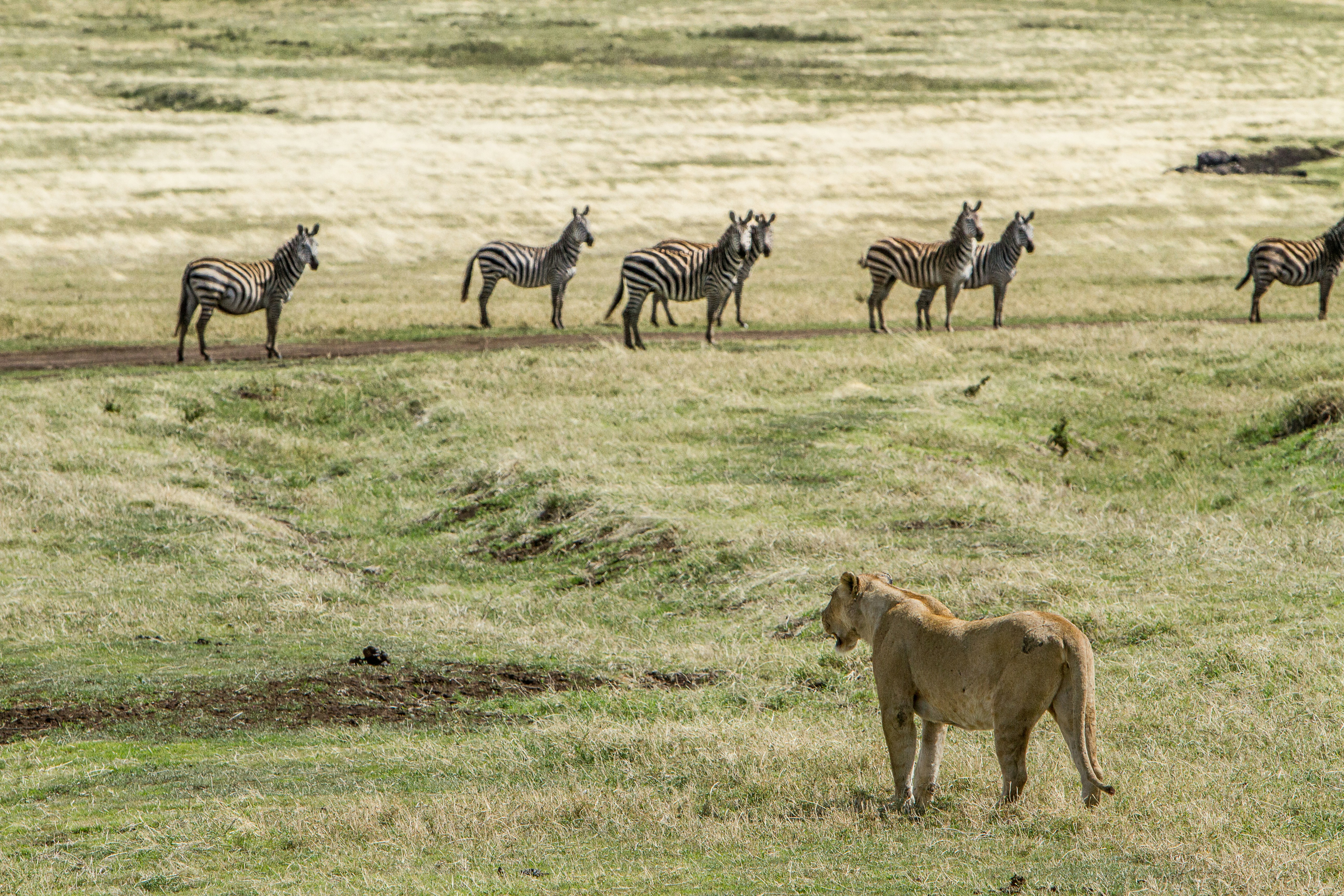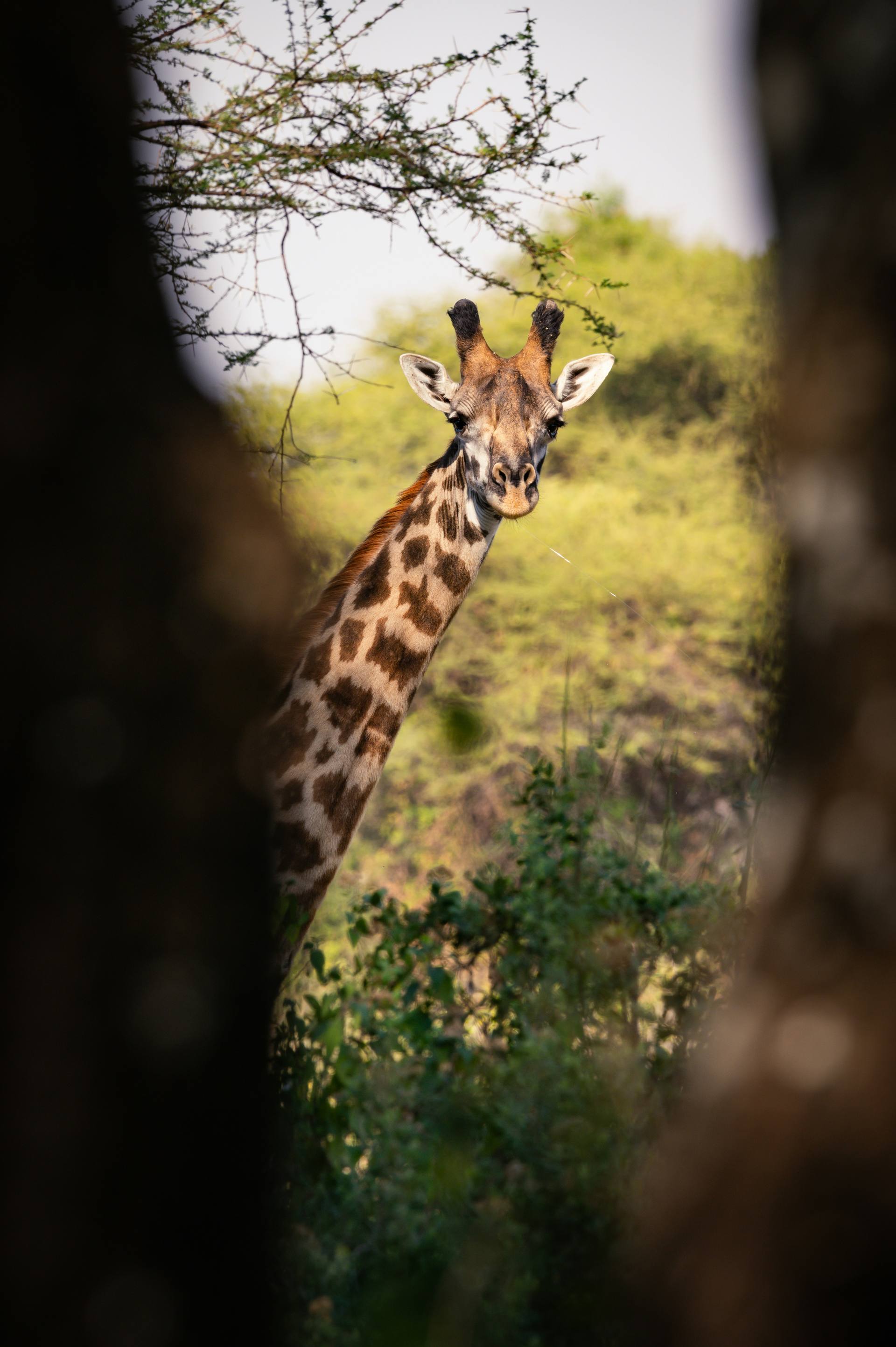
Travel Advice
The Best Time to Visit Tanzania
Tanzania is a year-round destination, but your ideal travel time depends on what you want to see and do. This guide will help you choose the perfect season for your adventure.

Travel Advice
Tanzania is a year-round destination, but your ideal travel time depends on what you want to see and do. This guide will help you choose the perfect season for your adventure.
Tanzania's climate is defined by two main seasons: the Dry Season, perfect for classic wildlife viewing, and the Green Season, which brings lush landscapes and fewer crowds. Each offers a unique and magical experience.

This is the peak season for safaris. The weather is sunny and dry, and the sparse vegetation makes wildlife easier to spot as animals congregate around rivers and waterholes. It's also the best time for the Great Migration river crossings in the Serengeti.
Learn More
This season, marked by short and long rains, transforms the landscape into a vibrant green paradise. It's the calving season for the Great Migration, a fantastic time for birdwatching, and offers more intimate safari experiences with lower prices.
Learn More
From June to October, the weather is fantastic, with clear skies and comfortable temperatures. The lack of rain means vegetation is sparse, making it easy to see animals. This is when you'll find large concentrations of wildlife at permanent water sources, creating dramatic scenes and excellent photographic opportunities.

The Green Season is a well-kept secret. The short rains in November-December and the long rains in April-May bring new life to the savannah. From January to March, the southern Serengeti hosts the wildebeest calving season, where thousands of calves are born each day, attracting predators and creating incredible drama.
June to October. Unbeatable for general wildlife viewing across all parks.
July-August for river crossings (North Serengeti). January-March for calving (South Serengeti).
January-March and June-October. These months offer the clearest and driest conditions for climbing.
June-October and December-February. Enjoy sunny skies and calm seas, perfect for diving and relaxing.